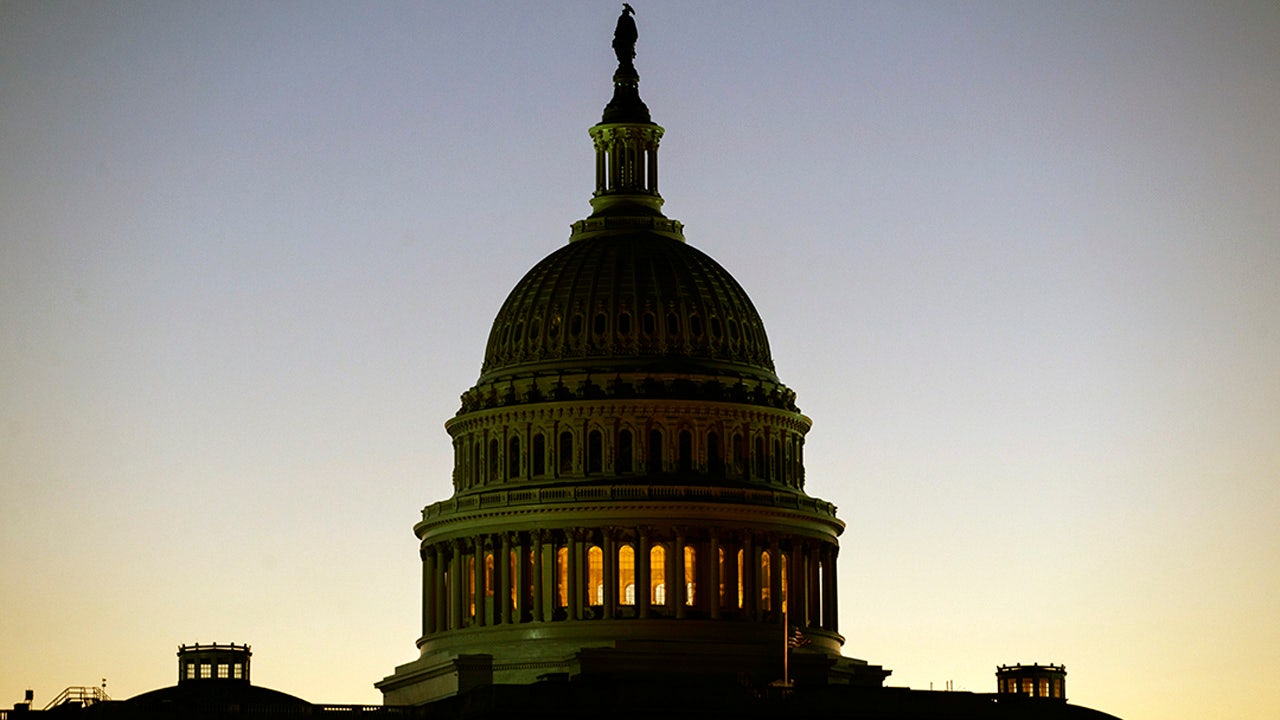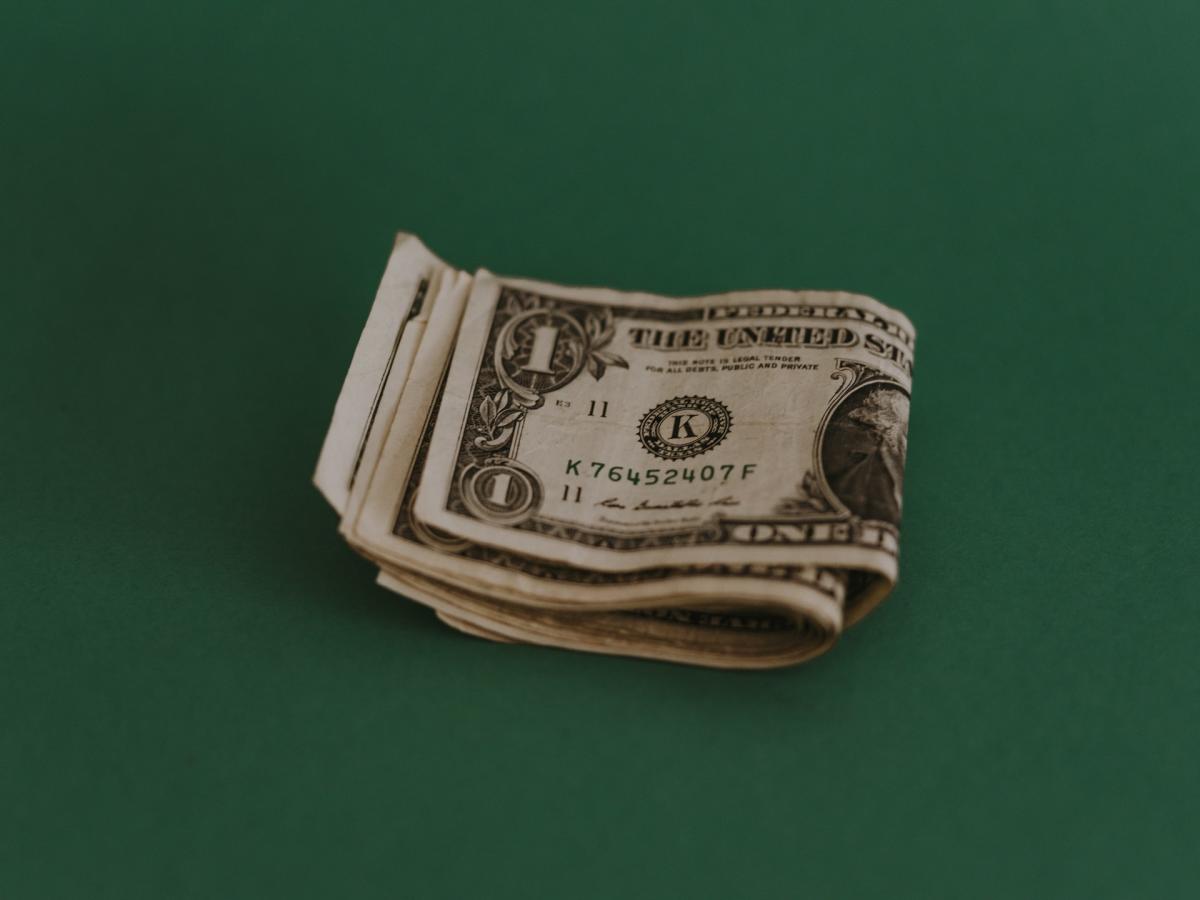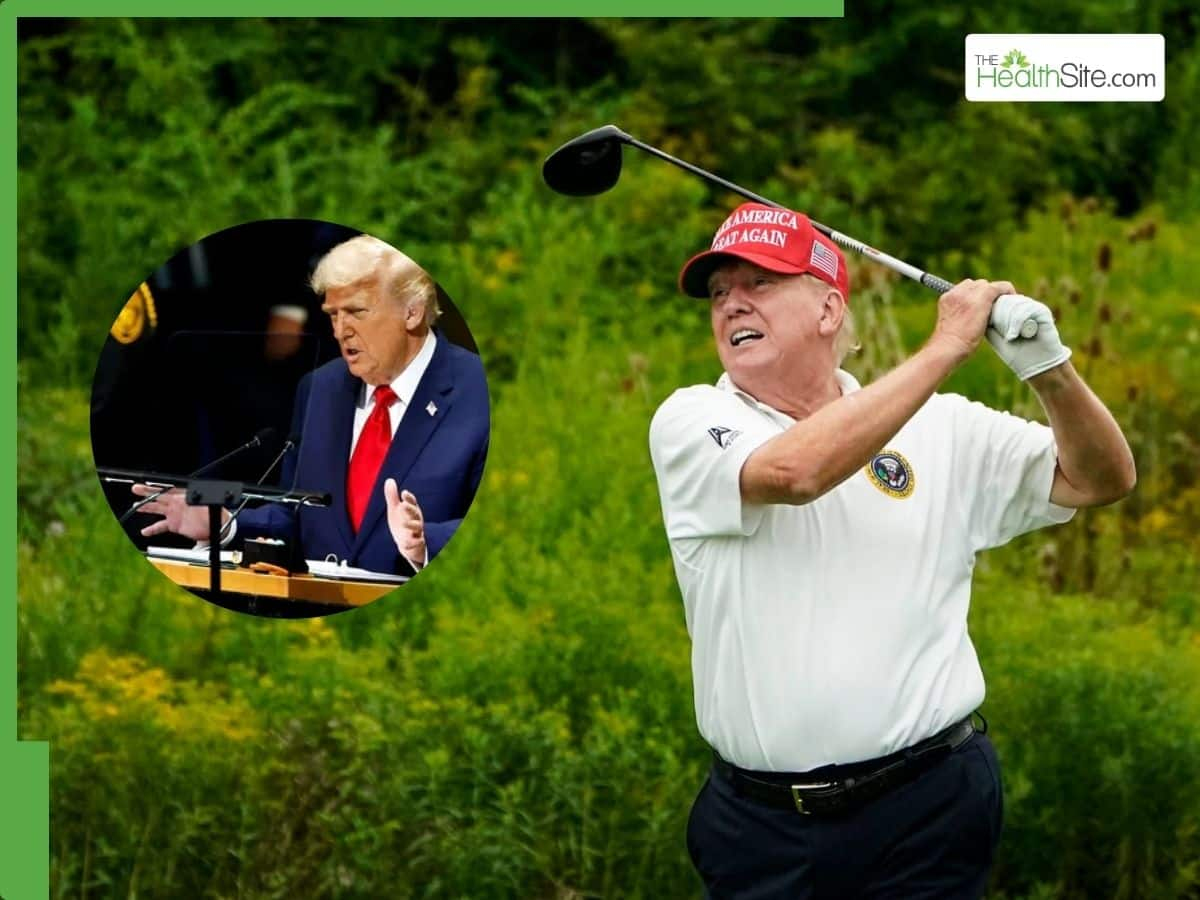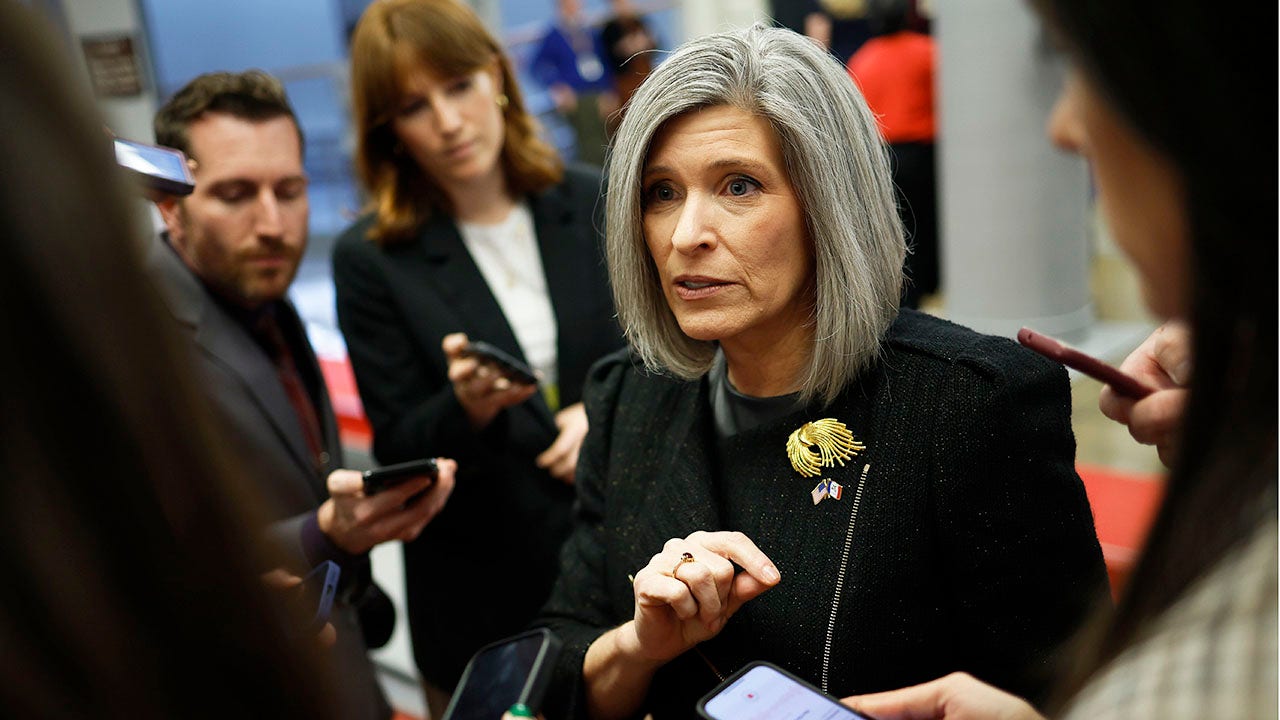San Francisco, CA
City Official: “We Need to Sell San Francisco”
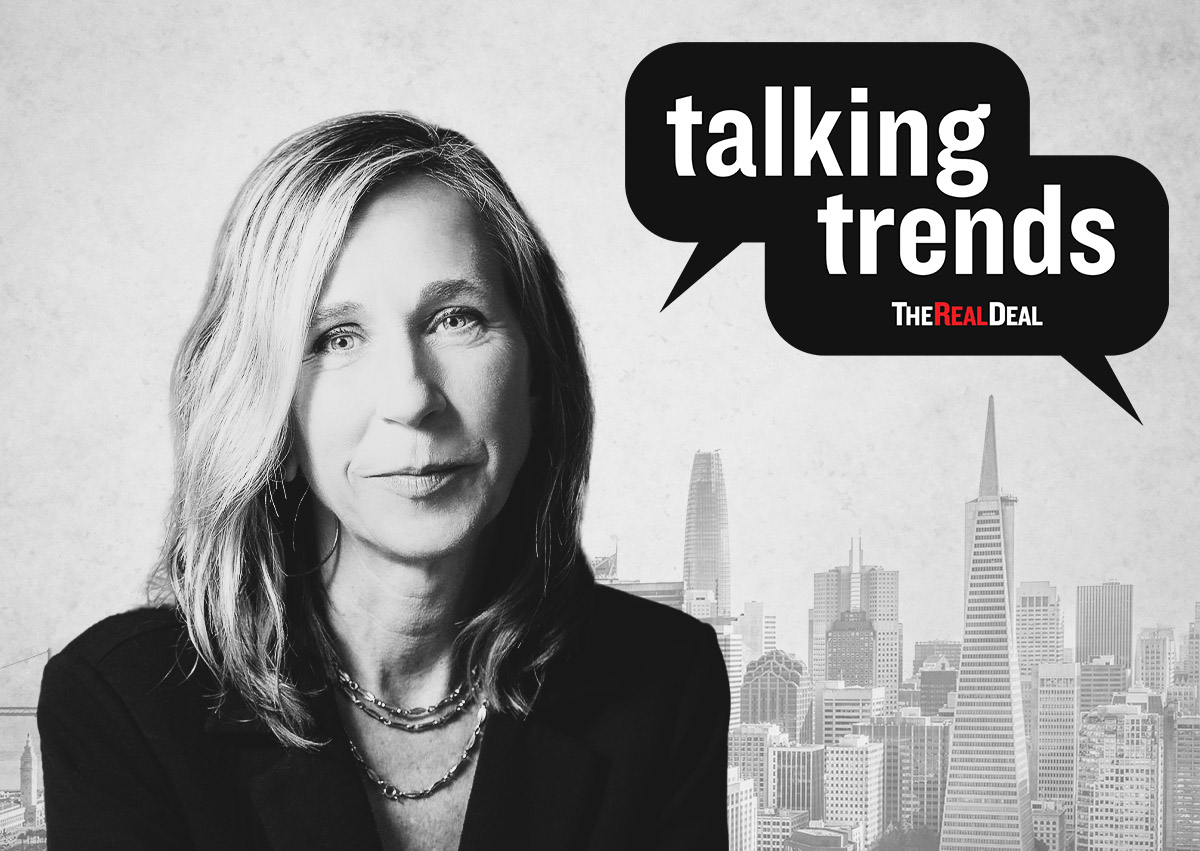
Sarah Dennis Phillips knows that the operation she oversees — the San Francisco Office of Economic & Workforce Development — has a “super long title” that still doesn’t encompass its many missions.
The city agency with about 160 employees works with everyone from the smallest mom-and-pop storefront to the biggest names in tech to make San Francisco a welcoming place for business, and also handles the city’s public-private development partnership, workforce development and film divisions.
The office has become more visible lately as the major funder of several initiatives to clean up and reinvigorate Downtown. Those Welcome Ambassadors in bright outfits directing tourists around Union Square and outside the Moscone Center? That’s OEWD. The Vacant to Vibrant pop-ups and reactivated FiDi alleyways? That’s OEWD. The Civic Center and Tenderloin Urban Alchemy street safety and clean up teams? That’s OEWD.
“We do a lot,” Phillips said.
After working as the former deputy director of development in the department, Phillips left the public sector in 2019 to become a senior director at Tishman Speyer. The experience, per Phillips, makes her uniquely qualified to function as a liaison between private businesses and city regulators.
In her talk with The Real Deal, she explains why she made the almost unheard-of move to return to the city from the private sector, tries to make sense of San Francisco’s haters and describes how her office has worked to lay the groundwork for whatever Downtown will become.
What is the biggest change between the city government you left in 2019 and the one you returned to earlier this year?
I think San Francisco has had, even within our Office of Economic Development, a bit of a buyers’ mentality. Companies and residents are going to want to be here. Businesses are going to fight to be here, and it’s just our job to manage that.
We’re in a sellers’ mentality now. We need to sell San Francisco, make it a place that people want to be, and be competitive in our outreach. There is a dawning awakening that we can’t just rely on our reputation and expect everything to go well. We have to do what other cities have to do to attract and retain economic development.
Many people and businesses fled the city for the suburbs during the pandemic. How does San Francisco get them back again?
We’re also seeing that within San Francisco. If you look at our daily sales tax data, there are a number of outer neighborhoods that have seen overall revenue increase post pandemic because people who are living there are getting their lunches there and doing their recreational shopping out in the neighborhood instead of Downtown.
There’s certainly the lifestyle component of competing with the suburbs, where people can get more space. A bigger issue for us, too, is just the cost implication. Even as we have seen a dip in demand in San Francisco, and a dip in housing prices, they haven’t fallen enough where we are competitive with lots of the Bay Area suburbs.
It’s hard to say publicly sometimes that we see a silver lining in this downturn, but if housing becomes a bit more affordable so that we can compete and retain not just young people, but families through their growth trajectory, that’s a positive for us economic-development wise.
If we see some of these offices be repriced at more moderate office rents, we can get some of the more middle-income jobs that have been priced out.
How about the property ownership side of the puzzle?
We are definitely seeing a new type of investor in San Francisco who tends to be more locally based, who tends to have access to private capital instead of institutional capital to back them, and who looks towards the future to say, “If I can get an office building in San Francisco for a quarter of what it was trading for in 2018, there’s a lot I can do in terms of repositioning that building, particularly when I’m considering the growth trajectory of businesses in San Francisco.”
One of the challenges for us is, as those buildings reposition, to continue to attract those smaller and growing companies and make sure that we adjust our business tax framework so that we can keep them as they get larger and not lose them.
The city gets a lot of flack from companies about how hard it is to do business here. What can your office do about that?
We are able, through the legislative process, to put in smaller measures, particularly on the tax side. For example, the mayor passed a tax credit this summer that would allow companies that are not currently based in the city a credit that would last for the first three years of their location in San Francisco. I have talked to three companies that are looking for leases right now in the city that stated that as a reason for why they are looking.
But when it comes to full tax reform, we have to go to the voters and deal with it on the ballot. My office, the offices of our tax collector and our assessor, and our controller’s office are trying to work through a set of reforms to our overall business tax system to make them simpler, to make them fairer, to take away the penalty for having your workers located in a San Francisco office. Right now we have an apportionment concept that actually overburdens you on taxes if your employees are sitting in San Francisco as opposed to working from home elsewhere — the absolute opposite of what we’re trying to do.
We also have a system that has overly burdened our biggest companies. A not insignificant portion of our taxes come from the largest five or six taxpayers. If any one of those companies leaves because they can find a competitive rate somewhere else, we could see a 20 percent hit to our overall revenue on an annual basis.
What did you learn during your time at Tishman Speyer?
There’s no way I would be qualified to do the job without that private sector experience. It is something that you don’t see very often in government, quite frankly, because the pay scales are so different. It’s a labor of love for sure.
I was very lucky to be in commercial real estate, both during a period of positive growth right through early 2020, and then through Covid to see how we had to react and pivot to retain tenants, to try to figure out how to move forward in an uncertain development economy. We really understood that the bottom line was going to change rapidly. The nimbleness that we have to operate in the private sector is absolutely critical in the public sector because we don’t actually know what the ultimate view of Downtown is going to be.
What brought you back to the city?
With regards to wanting to come back, I mean, I love this city like I love my kids. I had been working through my nonprofit board seats and partnerships with the city on a number of things to try to move the city forward. The mayor appointed me to an Inclusionary Housing Technical Committee, where we were looking at adjusting the rates for inclusionary housing. It happens every three years and it’s usually incredibly contentious and this summer we were able to eventually cut San Francisco’s inclusionary housing requirements in half, cut our impact fees in half on new development and new residential development. That just gave me hope that if I came back there will be a lot more things we could achieve with this mayor and with a changing mindset.
How much has the mindset at City Hall changed?
People do understand that things are bad; however, we are still working to have common goals. Trying to advance and grow professional services, tech and life sciences in the city is still not the goal of everyone in this building. We see those as good jobs that complement and feed our small business sector. Not everyone does. I think we are getting to a place of universal support towards housing, which is fabulous. We still need to do that in the commercial economic growth sector.
For the first time in over a decade, we are now having to make midyear cuts in our budget given the lower (real estate) values that are resulting in less revenue to the city. As the fear of a drop in revenue from Downtown — where we see most of our GDP generated, where we see most of our tax revenue come from — becomes a reality, hopefully that business-friendly mentality will become a little stronger, because we’ll feel the hits at that point.
How have your department’s programs helped repair the city’s image?
We hear almost universally in our post-tourism surveys that people are pleasantly surprised by San Francisco, that their experience is better than they thought it was going to be, and the majority of visitors say they would like to come back. Part of that is due to our ambassadors that operate in Union Square and around Moscone (Center). I think it’s been a really welcoming presence for a lot of people, particularly our conference goers.
I hear the same things on the Urban Alchemy side, for folks who are going to our theater district, which is located right at the tip of the Tenderloin. People coming from out of town and other parts of the Bay Area really rely on those presences to help them feel comfortable parking their cars, getting to the theater.
We are well aware of the challenges that San Francisco faces, and there are certainly geographical hotspots where those challenges are front and center and very visible. By and large, though, most of our streets in the Financial District, in Union Square, in the neighborhoods around Moscone Center and on the waterfront are in good condition. When people come and see that, they’re surprised. We need to get more people to come and see it. We need to get the media to take images beyond the Tenderloin because the narrative about San Francisco is not the reality that our residents see on the ground.
Why do you think the whole country is obsessed with San Francisco and its demise?
As long as I’ve lived here, we have punched above our weight for a city whose population hasn’t really ever topped a million. The amount of international press, the amount of air time and, frankly, the amount of space we take up in people’s heads has always been surprising and fascinating to me.
We try to cut through the noise and work for the people that are here, and that we think will come here, not to spend too much time obsessing about why. Whether it’s because we are a version of the Yankees that people want to see fail because we’ve been on top too long, or just because there’s political divides and we certainly represent the left side of the spectrum, it doesn’t really matter. We’re not going to change just because there’s a lot of noise around us.
I will say there’s an upside to it, too. People love to write about our failures. It also means that things like our nascent and growing AI sector get a lot more press, probably, than the weight of that footprint equals real-estate wise. So it has its ups and downs.
When do you think we’ll see Downtown turn around? And what will it look like?
I’m patient. By 2025, I’m hoping our vacancy rate will have dropped, and some of our companies will have stabilized, grown and we’ve attracted some more.
A lot of the bigger changes that we want to see — residential conversions, attraction of a college use downtown, even the location of a women’s soccer stadium — are all probably at least six years out. What we want to do is hopefully see small on-the-ground changes but continue to work on those long-term anchors that will make us a place that is exciting to be and interesting to be over the long term.
Read more

San Francisco, CA
San Francisco eyes new pickleball court sites
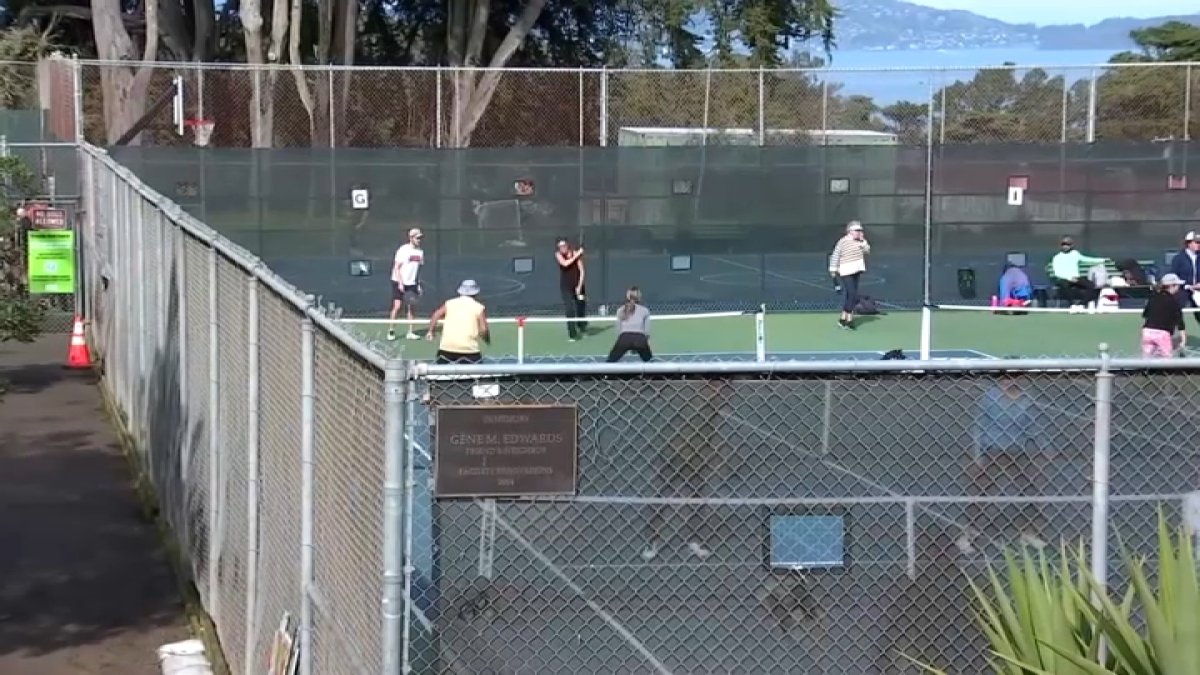
As pickleball popularity grows, so does the demand for courts – and the debate over the sport’s noise factor.
NBC Bay Area’s Sergio Quintana shows us how San Francisco is trying to meet the demand without upsetting residents in the video report above.
San Francisco, CA
Skaters push back as San Francisco plans to demolish iconic Vaillancourt Fountain

A growing group of skaters is pushing to preserve the Vaillancourt Fountain after the City of San Francisco announced a multimillion-dollar renovation plan that would remove the structure made of concrete square pipes.
Zeke McGuire started skating at the age of 10, and he grew up skating at the plaza and near the fountain.
“To see it go would be devastating,” McGuire stated. “I’ve been coming here my whole life. I’ve skated those stairs. I’ve been injured on those stairs.”
He’s skated on every inch of the Plaza, including the ledges of the Vaillancourt Fountain, which was completed in 1971. It’s impossible to miss, with its boxy concrete tubes that stand about 40 feet high.
It’s been the backdrop of more skateboard videos than anyone could count.
“It’s extremely awesome,” McGuire said. “There’s people all across the world that come to San Francisco to skate here specifically. So for it to be gone, people would come here to visit and it wouldn’t be here anymore, so I would say get it in before it’s gone.”
San Francisco Recreation and Parks announced the Embarcadero Plaza Renovation Project last year. It is a plan to construct a new waterfront park, which would tear down the structure.
Tamara Barak Aparton with Rec and Parks says that after years of deterioration, the fountain is unsafe.
“The structure is unstable,” Barak Aparton stated. “Hazardous materials are present, and we can’t allow the public access to a space that poses safety risks.”
Historical preservationists, landscape architects, and skate enthusiasts, like Bay Area professional skateboarder Karl Watson, are now pushing back and saying it’s a part of that sport’s history in San Francisco.
“A beautiful monstrosity that needs to stay,” said Watson, describing the fountain.
He says except for a few exceptions, people didn’t skate into the fountain, just around it.
“The fountain was integral for when we were tired after skating, we needed a place to relax and just enjoy the water flowing and the fountain definitely did that for us,” Watson said.
Now, the fountain is stagnant. The water stopped flowing years ago. In June 2025, it was fenced off.
Feldman was disappointed to see it like this.
“I came down here last week just to see the fencing and I was like ‘oh, they really don’t want us skating here anymore’,” Feldman explained.
In August, the Recreation and Parks department formally requested permission to remove the fountain from the city’s Civic Art Collection.
But McGuire is hoping people like Watson, and the artist keep fighting. Armand Vaillancourt’s lawyer recently sent a letter to multiple city departments demanding the city cease and desist all efforts to remove his work.
No final decision has been made yet, but if it does go, McGuire hopes they’ll leave something.
“Even if it was to be fully demolished, I think it would be really nice if they kept a little bit of something,” McGuire said. “Or maybe make a part for people to skate.”
San Francisco, CA
Laver Cup to make San Francisco debut at Chase Center
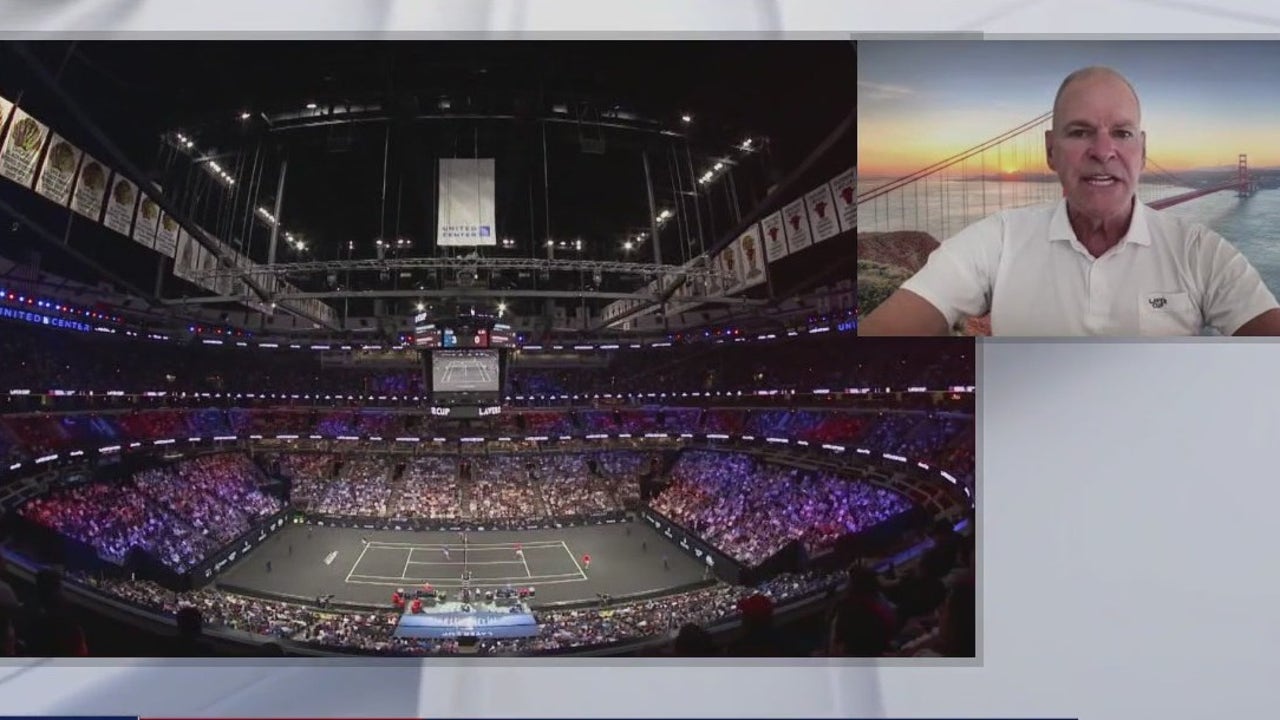
San Francisco is set to host the 2025 Laver Cup at Chase Center from September 19 to 21, marking the first-ever tennis tournament held at the arena and the return of major men’s pro tennis to the city in over a decade. Steve Zacks, CEO of the Laver Cup, says this event showcases tennis like fans have never seen before, featuring a unique team format created by Roger Federer.
-

 Finance5 days ago
Finance5 days agoReimagining Finance: Derek Kudsee on Coda’s AI-Powered Future
-

 Business1 week ago
Business1 week agoHow Nexstar’s Proposed TV Merger Is Tied to Jimmy Kimmel’s Suspension
-
North Dakota5 days ago
Board approves Brent Sanford as new ‘commissioner’ of North Dakota University System
-
World1 week ago
Russian jets enter Estonia's airspace in latest test for NATO
-
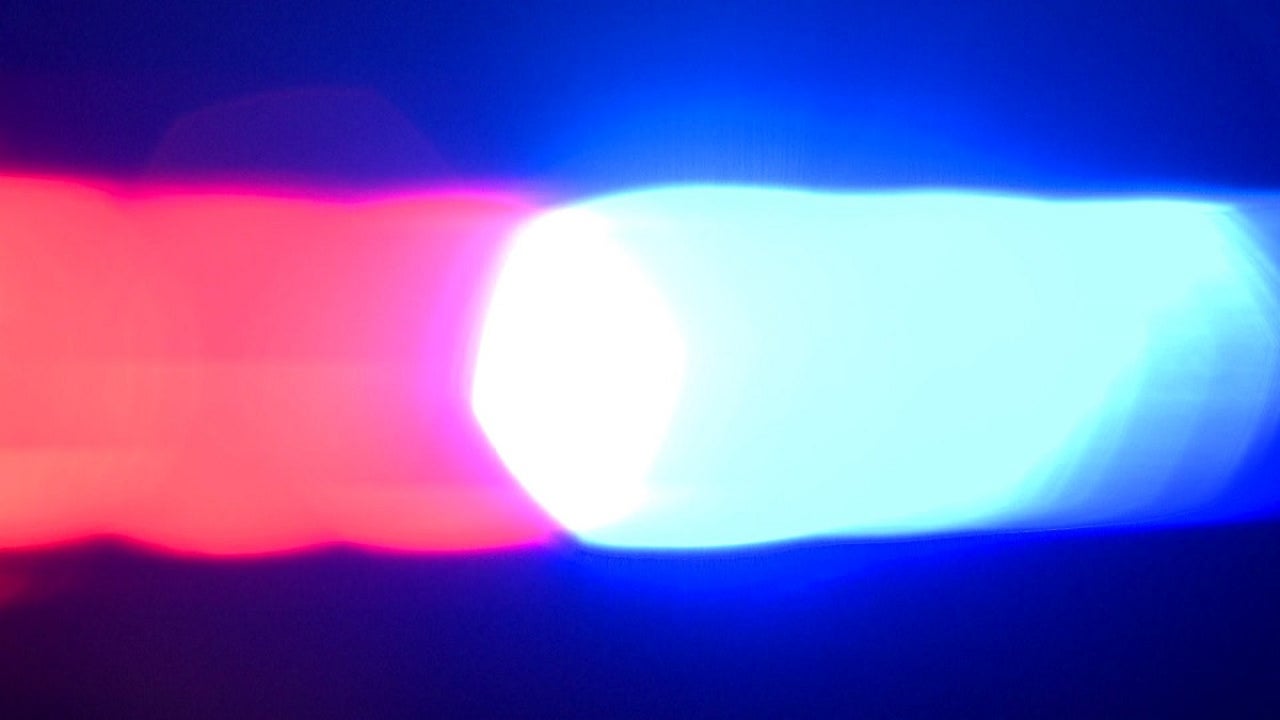
 Crypto4 days ago
Crypto4 days agoTexas brothers charged in cryptocurrency kidnapping, robbery in MN
-
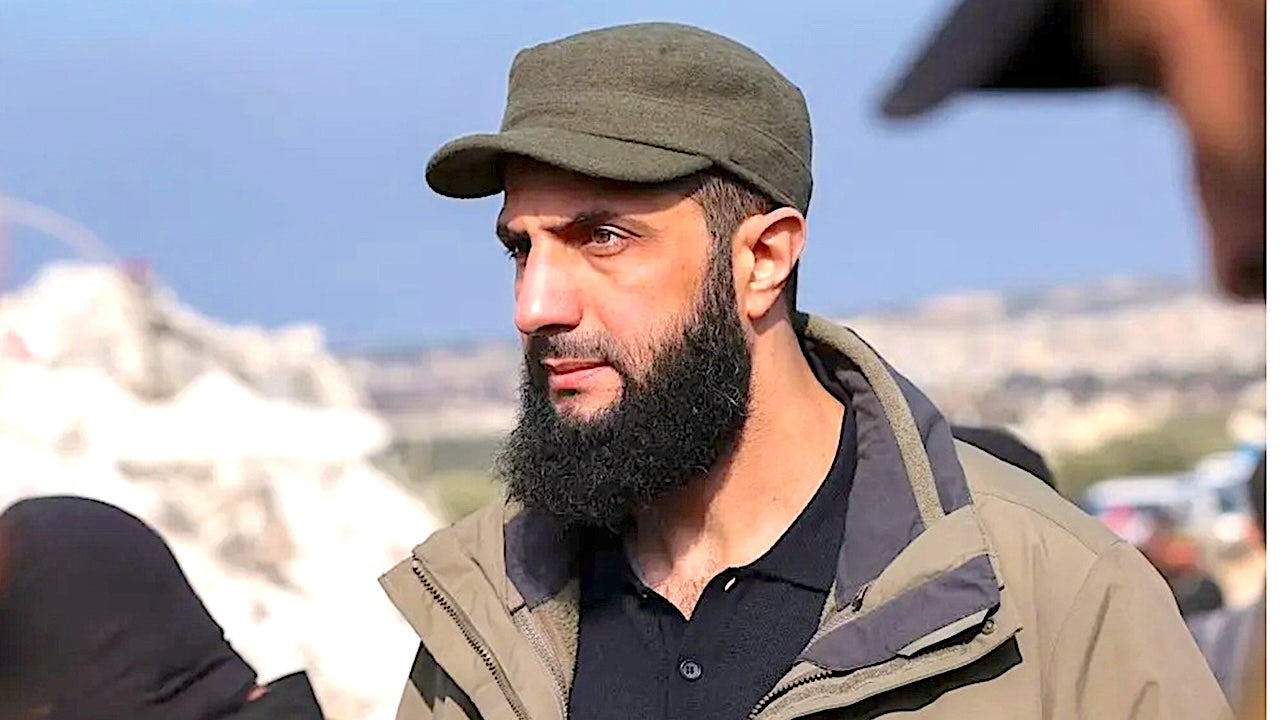
 World4 days ago
World4 days agoSyria’s new president takes center stage at UNGA as concerns linger over terrorist past
-

 Technology4 days ago
Technology4 days agoThese earbuds include a tiny wired microphone you can hold
-

 Culture4 days ago
Culture4 days agoTest Your Memory of These Classic Books for Young Readers



